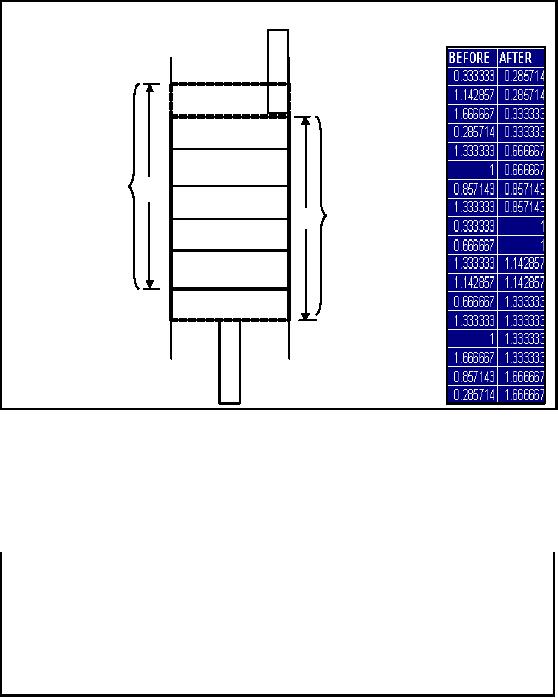

Make sure you review the scenarios for both the slower seasons and the busy seasons.

If you’re not sure what’s best for your organization, ask your data service provider to run scenarios and help you identify the options that are most economical. Doing so limits the quantity input and keeps costs down. If your data processing pricing is structured so that you pay for all input records, you may want to identify only the universe of records that you eventually want to mail. The duplicates can be house file to house file (such as a duplicate found as a catalog requestor and as a recent buyer) or a duplicate between a rental record and another rental record (called a rental multi). The fundamental reason to run a merge/purge is to identify and omit any duplicate records from outside list rentals. These lists on your company database or house file can be as specific as house customers and house prospects. (It also assumes compliance with your organization’s privacy policy.) This includes all customers, catalog requestors, ship-to, gift recipients, sweepstakes entrants, inquirers, loyalty club members, sister-company names, and customers who have a credit card from your company. If the cost is negligible, input as many records as you can into your merge/purge. Always talk to your service provider about the different pricing options based on your particular data needs. Start with the cost to do the data processing. Ideally, processing is an impartial tool to output not just data, but information you can use to make better, more profitable mailing decisions. While most of these merge/purge tips and techniques are geared to new or smaller merchants, larger mailers can also make use of them. But the merge/purge process is so much more than merging all lists together and purging duplicates.
#Data merge purge software
The data is specified through a URL parameter.You know you have to combine multiple lists and run them through software to single out duplicate records before a catalog mailing.

Incremental Purge - Only records specified in the payload is purged and replaced.

A new record is created with the data specified through a URL parameter.
#Data merge purge full
#Data merge purge update
If external key already exists in the system, update is performed.


 0 kommentar(er)
0 kommentar(er)
